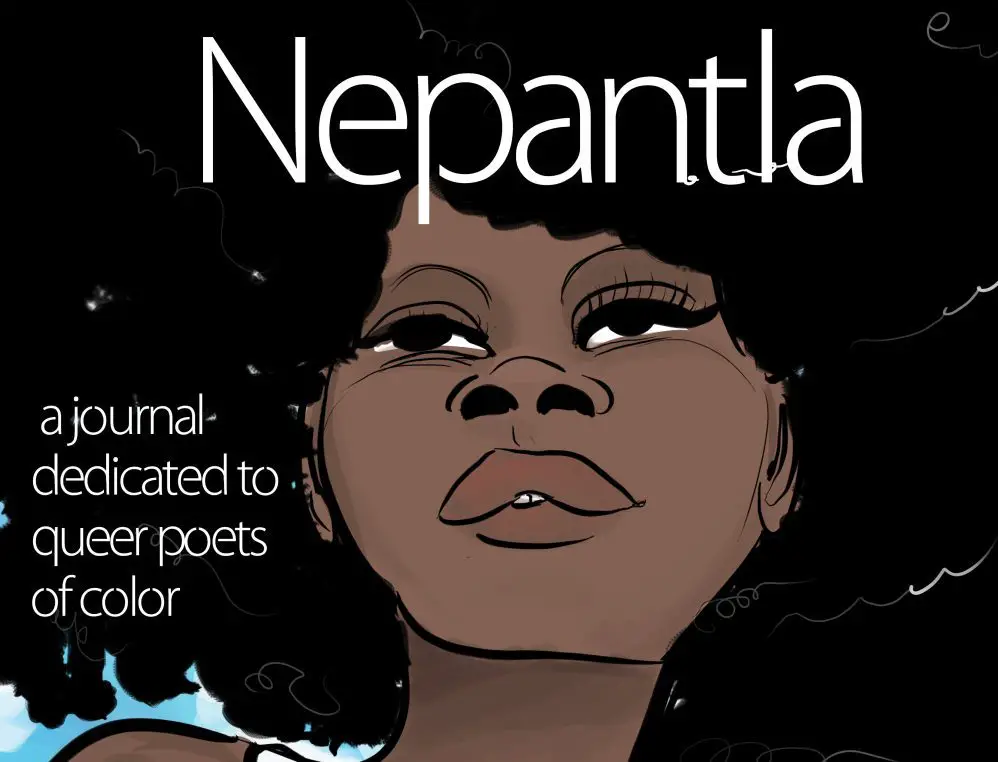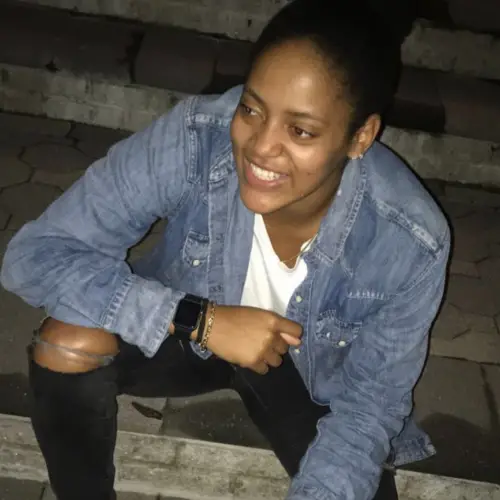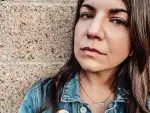In a world where digital culture is on the rise, and it seems as though the only thing “trending” is social media, is the art of poetry still alive? Of course! In fact, not only is modern poetry surviving, it’s thriving. According to BookRiot, poetry book sales rose over 50 percent from 2013-2017.
In an effort to celebrate an ancient literary genre that captures readers’s minds and hearts, the Academy of American Poets made April National Poetry Month in 1996. If you have ever found yourself thinking about getting into poetry, there is no better time than now.
For those of you who have not had the experience or pleasure of taking a poetry course, you may not fully understand what poetry is. You may think of it as paragraphs, words and lines that rhyme. It’s so much more than that. Let’s get one thing straight, however. Poems don’t actually have to rhyme, and quite frankly, many of them do not.
If you had poetry lessons in English class when you were younger, you might remember being told to compose a haiku. A Haiku is a short with three lines; the first and last lines have either three or five syllables, while the middle line has either five or seven.
Or you might remember having to write in couplets, or rhyming pairs of lines. Anyone who knows anything about the genre as a whole can tell you that there is a plethora of writing styles out there, not just haikus.
Poetry is a deep form of expression that anyone can use. It will definitely be easy for you to start out by reading it, rather than writing it. Here is a small list of poets whose work has caught the mind of thousands and who may strike up your liking for the creative literary genre.
Sandra Cisneros
If you read “Carmelo” or “The House on Mango Street,” you might have heard of Cisneros. A Mexican-American woman who grew up in poverty with her immigrant parents and her six brothers, Cisneros uses her writing to tackle such heavy themes as immigration, gender roles, family conflicts and social activism.
She has multiple poetry books out in stores, including “Loose Woman” and “The House on Mango Street,” which won the American Book Award. In addition, she has written several more traditional novels.
Danez Smith
Smith opens up a lecture by telling the audience, “I am a poet, I am an educator, I am a human being and a black man. I am a queer man, I am a momma’s boy and very, very black in a political and cultural sense. And all those voices fight to speak.”
As the author of “(insert) Boy,” which won the Lambda Literary Award, and “Don’t Call Us Dead: Poems,” a National Book Award finalist, Smith is no stranger to addressing societal issues that are sometimes swept under the rug. Through their poetry, Brown confronts issues such as race, class, sexuality and faith with honesty and occasionally humor. If you are looking for raw and strong poetry, look no further than Smith.
Pavana
Also known as Pavana Reddy, is a poet who shares much of her work on social media platforms such as Instagram (@mazadohta). Pavana describes her poetry as a reflection of who she is. “I started writing as a kid, simply as a way to verbalize feelings I didn’t know how to talk about – and while my writing has definitely improved since – I still write for the same reasons”, she states in an interview with SAASE.
When you feel like the weight of the world is on your shoulders, it can be difficult to verbalize your feelings or even be in touch with them at all. Sometimes it can help to hear another person verbalize those same emotions. If you cope with your emotions by reading or writing, or if you prefer scrolling through your phone to reading books, you may want to give Pavana a follow.
Aimee Nezhukumatathil
Some poets can get so wrapped up in trying to incorporate metaphors, similes and symbols into their poems that they don’t consider that their audience might not understand them. Others can use literary devices to disguise the fact that they don’t have much to say.
Nezhukumatathil, on the other hand, avoids both of these pitfalls entirely. Her words flow as if she is speaking them directly to you in a conversation. Her poems are easy to understand and filled with honesty and humor. Nezkhumatil is the author of several books, including “Miracle Fruit,” and “At the Drive-In Volcano.”
Christopher Soto (aka Loma)
Loma describes themself as a “queer latinx punk poet & prison abolitionist.” In addition to writing poetry, they created “Nepantla: A Journal Dedicated to Queer Poets of Color” and have made a significant impact representing the most marginalized voices of society.
If you have an interest in socially active poets, Loma is the one for you. They build awareness throughout the literary scene about fellow writers who have been denied awards and publishing opportunities because of their citizenship or residency status. In addition, Loma campaigns to end queer homelessness and cofounded the Undocupoets Campaign in 2015 with Javier Zamora and Marcelo Hernandez Castillo.
Whether or not you normally read poetry, try looking into the work of some of these poets. Through the many different writing styles shown here, you will see how broad the world of poetry is. You will clearly see that it is much more than the average haiku or couplet.
In the simplest of forms, you will be able to see the vast complexities of the genre. Maybe you might even be compelled to grab an empty notebook (or the notes section of your smart phone) and begin your personal poetry journey.












